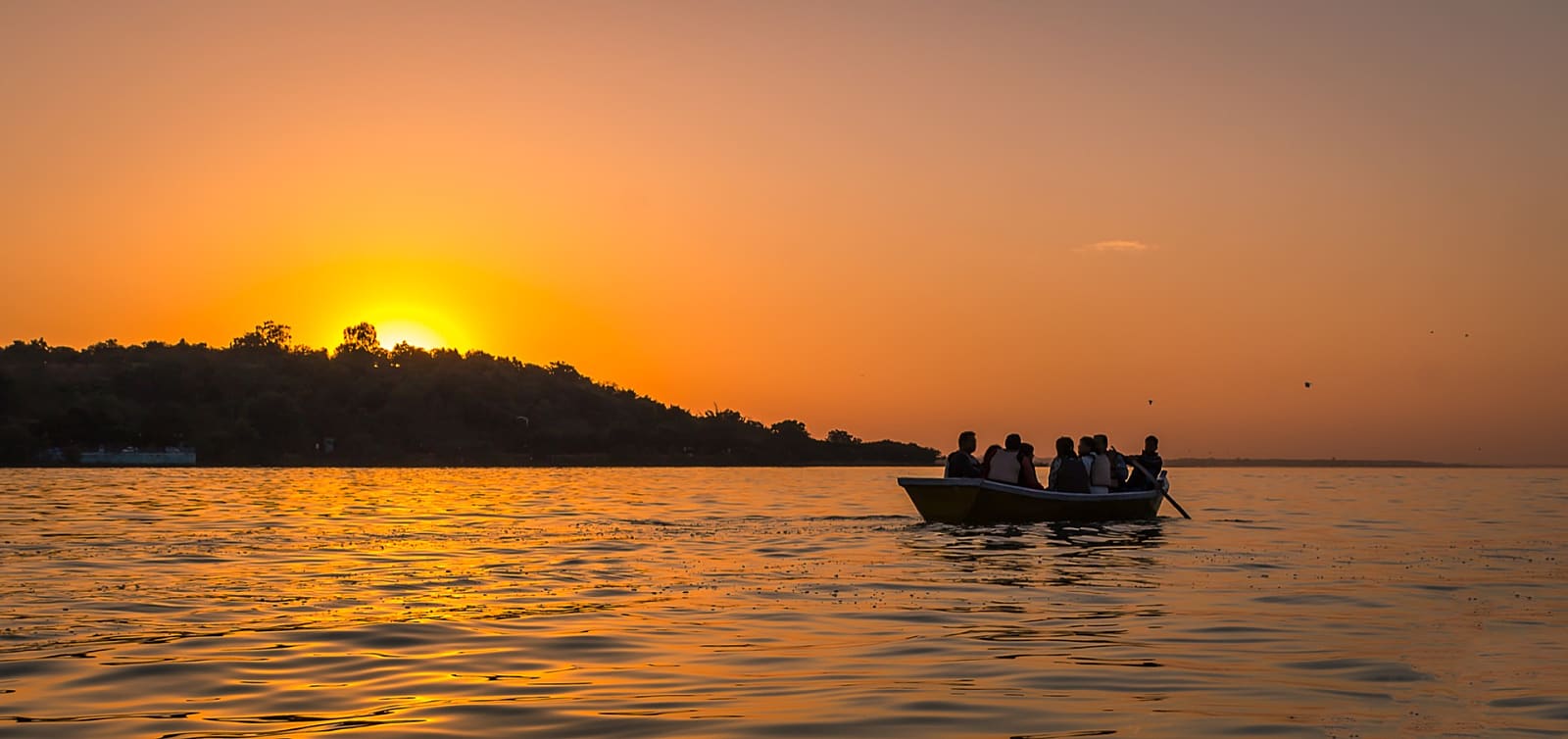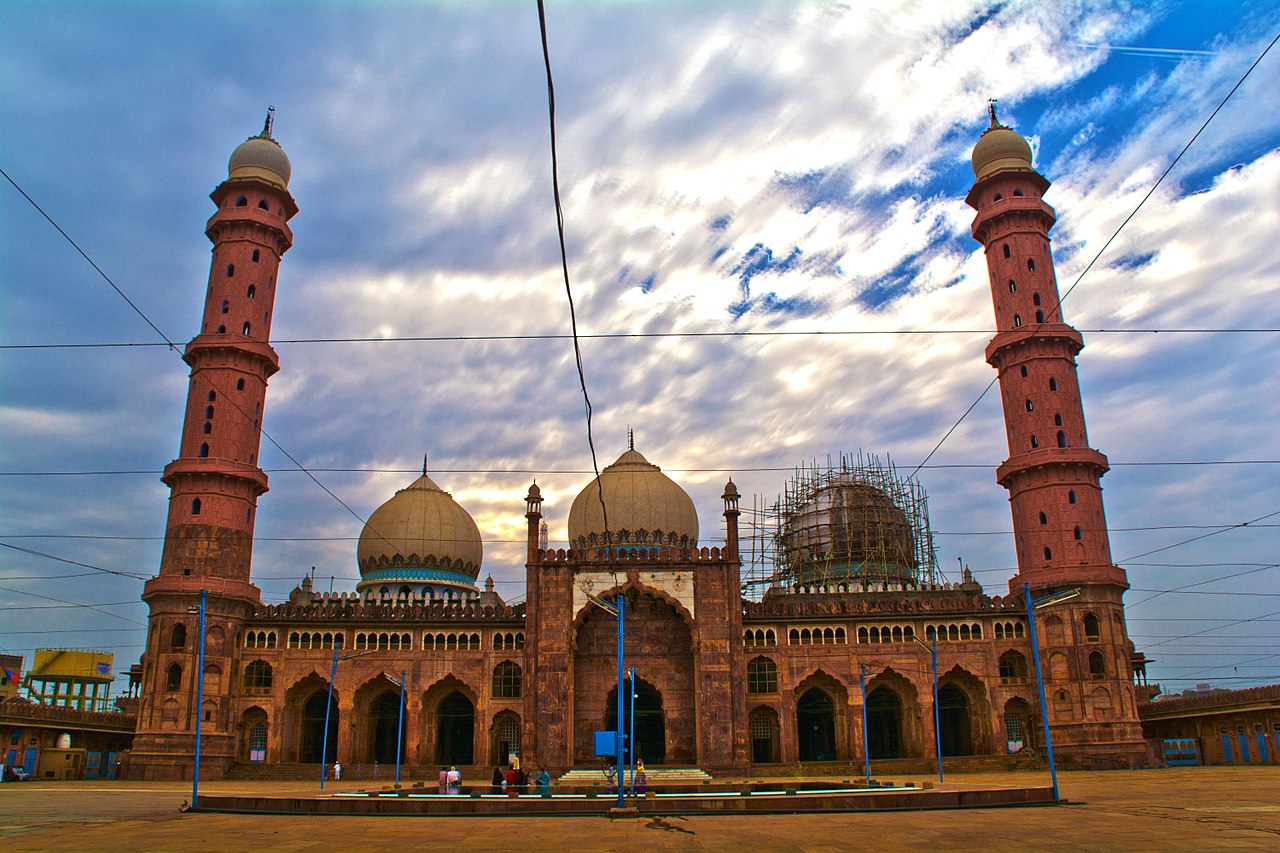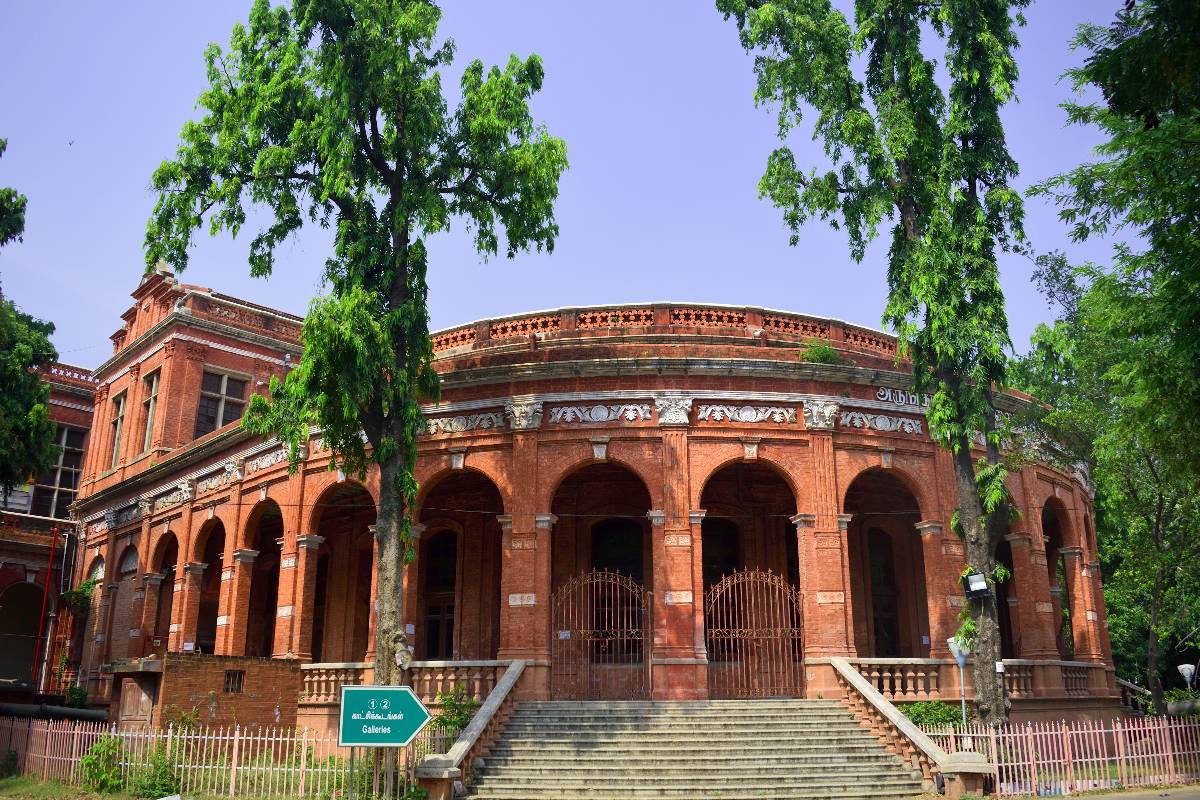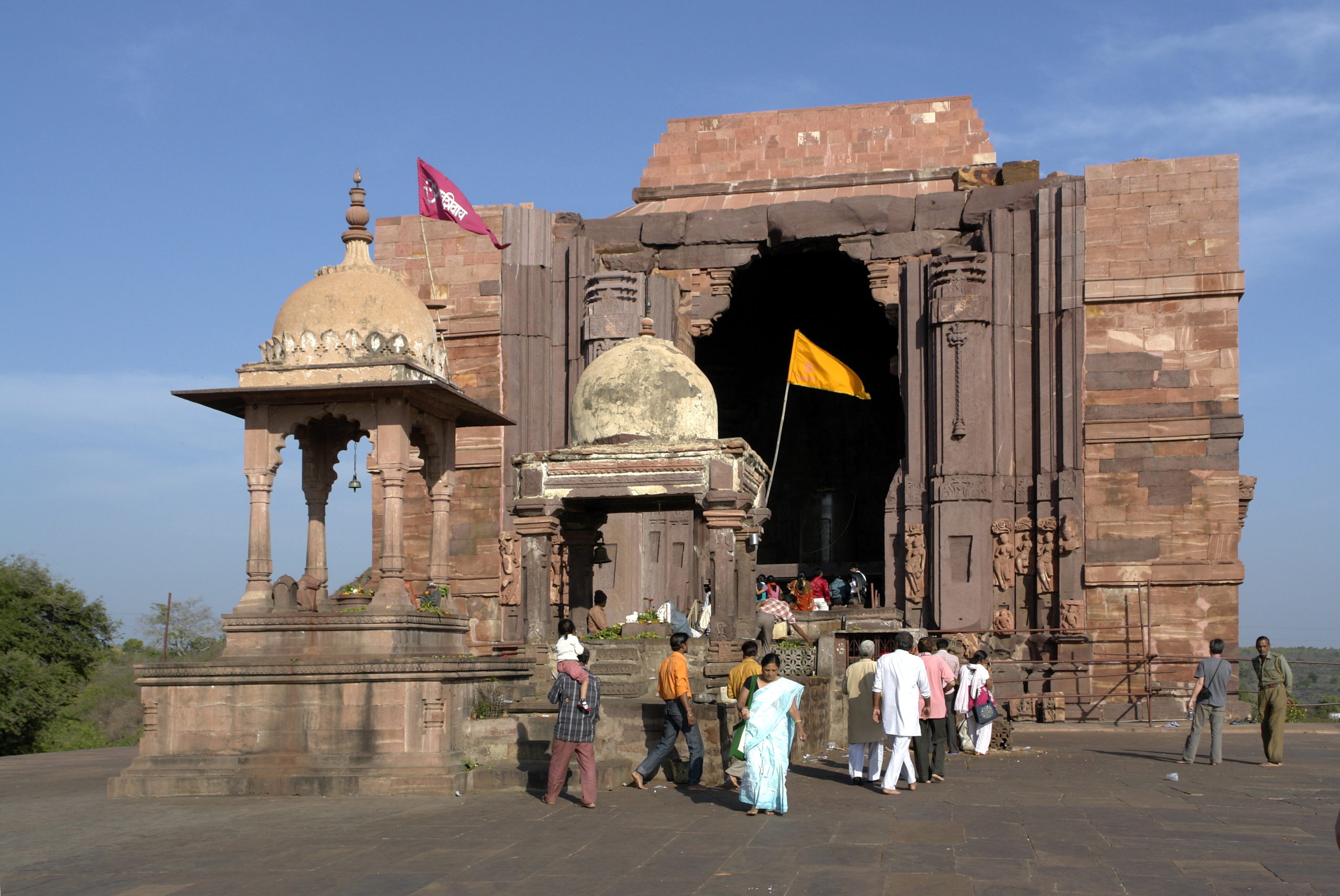Beautiful Bhopal sprawls picturesquely around two artificial lakes on gently rolling hills. The city Bhojapal was named after its founder Raja Bhoja, the famous 10th-century ruler of the Parmar dynasty, who is believed to have built a dam (pal) across the Narmada river. The glorious city was destroyed in the 15th century by Sultan Hoshang Shah of Malwa and the present city was founded by Dost Mohammad Khan, one of Aurangzeb’s Afghan governors who left the Mughal empire after Aurangzeb’s death and established his own dynasty-the Nawabs of Bhopal.
Today, the city presents a multi-faceted profile, the old city with its teeming market places, fine old mosques, and palaces which bear the aristocratic imprint of its former rulers and the new beautifully planned city with wide avenues, parks and gardens, government buildings and residential areas which are functional, practical and aesthetic. Bhopal is also a perfect base to visit Sanchi, Bhimbetka and Bhojpur.
Taj-ul Masjid: The majestic mosque is perhaps the largest in the country. Its construction was started by Shah Jahan Begum, but the work was not completed and was resumed in 1971. The main hall with inter arched roof, broad facade, spacious courtyard, and smooth marble floors are noteworthy.
Jama Masjid: The beautiful mosque has tall dark minarets crowned by golden spires. It was built in 1837 by Kudsia Begum, the devout wife of the ruler of Bhopal.
Moti Masjid or Pearl Mosque: The majestic mosque was built by Sikandar Begum in 1860. It is architecturally inspired by the famous Jama Masjid of Delhi.
Shaukat Mahal and Sadar Manzil: This magnificent edifice is set at the entrance to the Chowk area in the heart of the walled city.
Bharat Bhawan: This prestigious multidimensional center for performing and visual arts was established on 13th Feb 1982. The building set on the banks of a lake was designed by the famous architect Charles Correa and is an excellent illustration of modern architecture. The interesting sites here are – Rupankar, the only museum in the country where contemporary urban, folk and art of aboriginals are kept under one roor. Rangmandal, where country’s best stage talent and play writers take pride in performing; Vagartha, the center of Indian poetry; Anhad, the center for Indian classical and folk music.
Govt. Archeological Museum: Splendid sculptures, paintings of various schools and paintings from Bagh caves are exhibited here.
Gandhi Bhawan: It houses an exhibition of photographs of Mahatama Gandhi and a Gandhi Museum.
Van Vihar: The Safari Park is located near Upper Lake amidst scenic surroundings. It has a rich variety of animals and birds.
Tribal habitat: It is an open-air exhibition on the scenic Shamla Hills. The center provides an insight into the tribal life in various states of India.
Chowk: The chowk set in the heart of the old city is lined with old mosques and havelis. It is an excellent place for purchasing Bhopali crafts like silver jewelry, velvet purses, embroideries, and beadwork, etc.
Upper & Lower Lakes: These two charming lakes are divided by an overbridge and are the most notable features of Bhopal. Tourists enjoy boating at the Lower Lake.
 Around Bhopal
Around Bhopal
Bhimbetka (40 kms.)
Bhimbetka, a natural amphitheater is surrounded by the northern fringe of the Vindhyas. The discovery of over 700 rock shelters (the largest group in the world) has brought Bhimbetka on the tourist map of the State. The rock shelters belonging to the neolithic age are an archaeologist’s delight and have paintings depicting the life of the prehistoric cave-dwellers. It has been recently recognized as a World Heritage Site by UNESCO.
Bhojpur(28 kms.)
It was founded and named after legendary Parmar king Raja Bhoj (1010-53). The town also known as the ‘Somnath of North India’ is famous for its 11th century Shiva temple and lake built by Raja Bhoj. The temple enshrines an enormous ‘Shivalingam’, carved out of a single rock. Its walls are engraved with numerous Shiva images.
Islamnagar (11 kms.)
It lies on the Bhopal – Berasia road and is known for the palace built by Dost Mohammed Khan. The hammam of Chaman Mahal and Rani Mahal are worth visiting.

